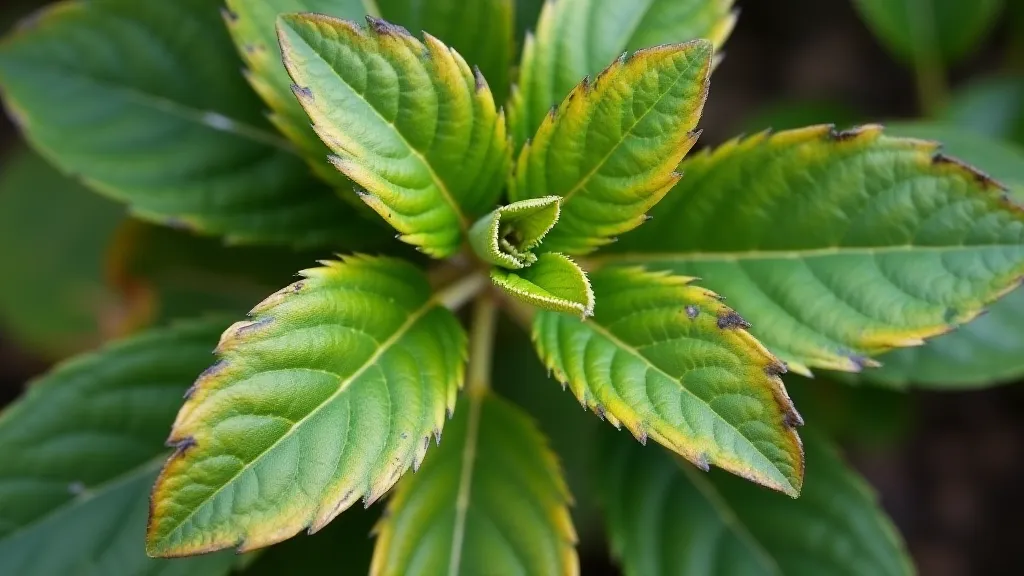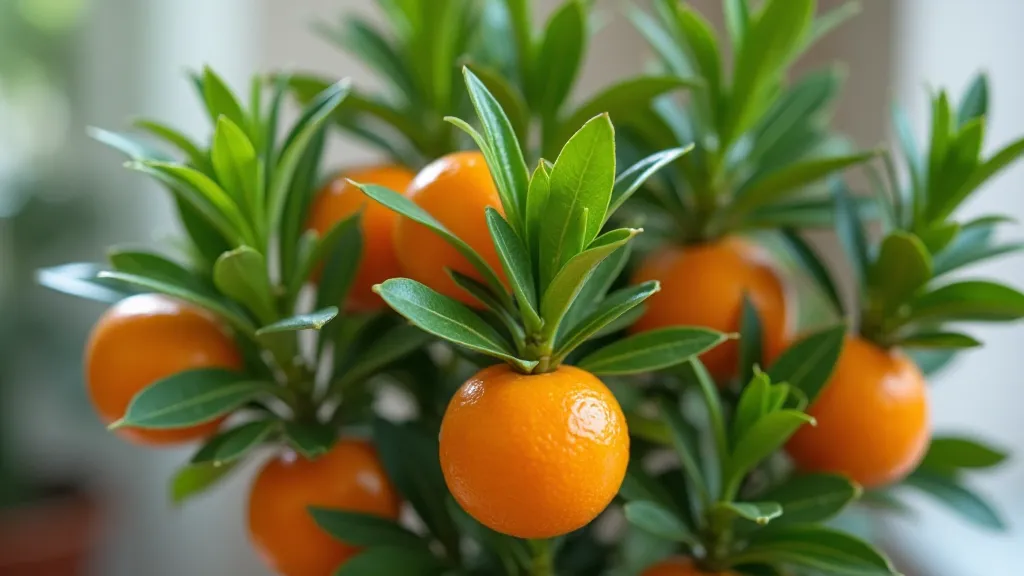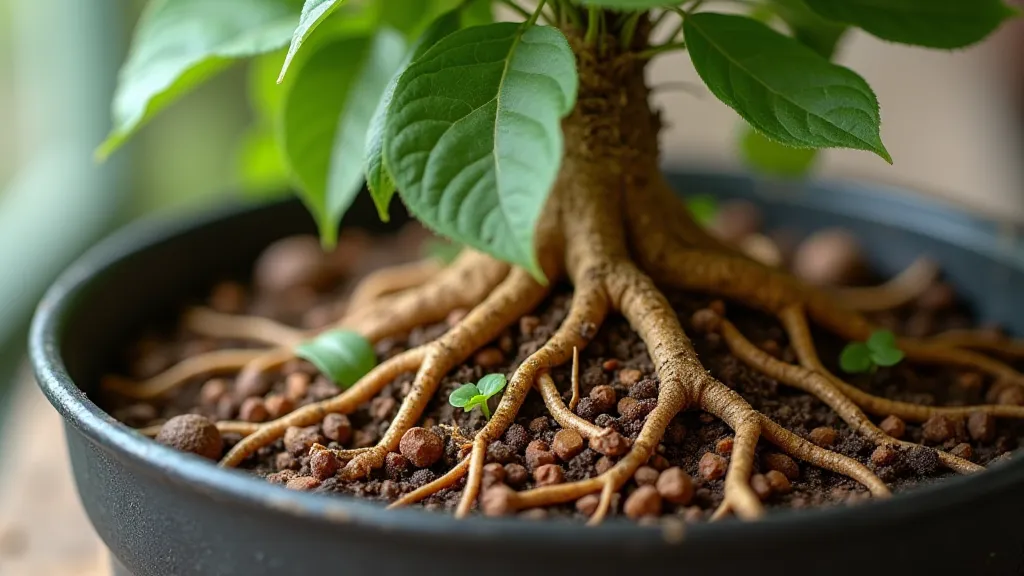Fertilizing Dwarf Citrus Trees: A Complete Guide
Bringing the sunshine and fragrance of citrus indoors is a rewarding experience. But to truly thrive, your dwarf citrus trees need the right nourishment. This guide will walk you through fertilizing your indoor citrus, from understanding their nutrient needs to creating a schedule for abundant fruit production.
Why Citrus Trees Need Fertilizer
Citrus trees, even dwarf varieties, are heavy feeders. The potting mix used when you initially pot them quickly depletes its nutrients. Without regular fertilization, your trees will likely show signs of stunted growth, yellowing leaves, and a lack of fruit. Indoor conditions, with limited light and root space, exacerbate this need. Providing adequate light is key; if your tree isn't receiving enough, consider finding the best locations for indoor citrus to maximize sunlight exposure.
Understanding Citrus Nutrients
Citrus trees require a balanced supply of macronutrients and micronutrients. Here's a breakdown of the essentials:
- Nitrogen (N): Essential for leaf growth and overall vigor. Deficiency shows as yellowing of older leaves.
- Phosphorus (P): Vital for root development, flowering, and fruit production. Deficiency can lead to stunted growth and purplish-reddish leaves.
- Potassium (K): Important for overall plant health, disease resistance, and fruit quality. Lack of potassium manifests as leaf scorching at the leaf edges.
- Micronutrients: While needed in smaller quantities, micronutrients like iron, zinc, manganese, and boron are equally crucial for healthy growth. Deficiencies can cause various leaf symptoms.

Choosing the Right Fertilizer
Look for fertilizers specifically formulated for citrus trees. These typically have a higher potassium content, which citrus thrives on. Here are some options:
- Balanced Citrus Fertilizer (e.g., 10-5-10 or similar): Provides a good starting point.
- Slow-Release Granules: Release nutrients gradually over several months, reducing the frequency of applications.
- Liquid Fertilizers: Offer a quick boost of nutrients, ideal for correcting deficiencies.
- Organic Fertilizers: (e.g., compost, worm castings) Offer a gentler, more sustainable approach to feeding.
Always read and follow the manufacturer's instructions carefully. Over-fertilizing can be just as harmful as under-fertilizing. Remember, proper care extends beyond fertilization; ensure your tree is adequately watered. If you've already begun your citrus growing journey and are experiencing issues, you might want to explore different watering and humidity techniques to see if that addresses the problem.
Developing a Fertilization Schedule
A general fertilization schedule for indoor dwarf citrus trees looks like this:
- Spring (March-May): This is the active growing season. Fertilize every 2-4 weeks with a balanced citrus fertilizer.
- Summer (June-August): Continue fertilizing every 4-6 weeks.
- Fall (September-November): Reduce fertilization to once a month.
- Winter (December-February): Citrus trees go dormant. Do not fertilize during this period, or reduce to once every 6-8 weeks with a diluted fertilizer.
This is just a guideline; adjust based on your tree's growth and the fertilizer you use. Observing your tree's growth closely is vital; if you’re hoping for a bountiful harvest, learning about harvesting and enjoying your homegrown citrus at the right time is critical for a sweet reward.
Recognizing and Correcting Nutrient Deficiencies
Regularly inspect your citrus tree's leaves for signs of nutrient deficiencies. Early detection is key to correcting the problem before it becomes severe.
- Yellowing leaves: Could indicate nitrogen deficiency or iron chlorosis.
- Purple or reddish leaves: May point to phosphorus deficiency.
- Scorched leaf edges: Typically a sign of potassium deficiency.
- Small, pale leaves: Can be caused by various nutrient deficiencies.
If you suspect a deficiency, research the specific nutrient involved and consider using a targeted fertilizer or foliar spray. A soil test can also help pinpoint any imbalances. Sometimes deficiencies arise from unexpected issues in the soil, and expanding your collection can present new challenges – consider how you’re propagating your trees to keep things interesting. If you’re looking to increase your collection, learn about propagating dwarf citrus trees to expand your collection.
Tips for Successful Fertilizing
- Water thoroughly before fertilizing: This helps prevent root burn.
- Flush the soil occasionally: Use plain water to rinse away excess salts that can build up from fertilizer.
- Observe your tree: Pay attention to its growth and appearance to fine-tune your fertilization schedule.
- Consider foliar feeding: Spraying diluted fertilizer directly onto the leaves can provide a quick boost of nutrients, especially beneficial for correcting deficiencies.

Beyond fertilization, propagation and location are also key factors in long-term success. To build a thriving indoor citrus garden, it's helpful to consider a comprehensive care plan, encompassing all stages from seedling to harvest.
By following these guidelines, you can ensure your dwarf citrus trees receive the nutrients they need to flourish indoors, bringing the taste of sunshine and the beauty of blossoms into your home.

Understanding the intricacies of citrus care requires ongoing learning and adaptation. From selecting the right fertilizer to troubleshooting common problems, there's always more to discover. As your collection grows, you’re bound to encounter various issues, but with careful observation and proactive care, you can create a thriving indoor citrus paradise.
Remember that each citrus tree is unique, and their needs may vary based on their variety, age, and environment. Experiment with different fertilization schedules and techniques to find what works best for your trees. Be patient and persistent, and you're sure to be rewarded with a bountiful harvest of delicious, homegrown citrus.





